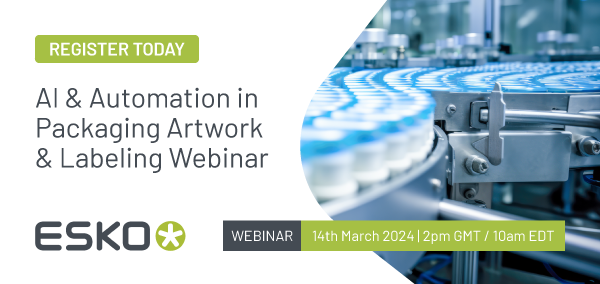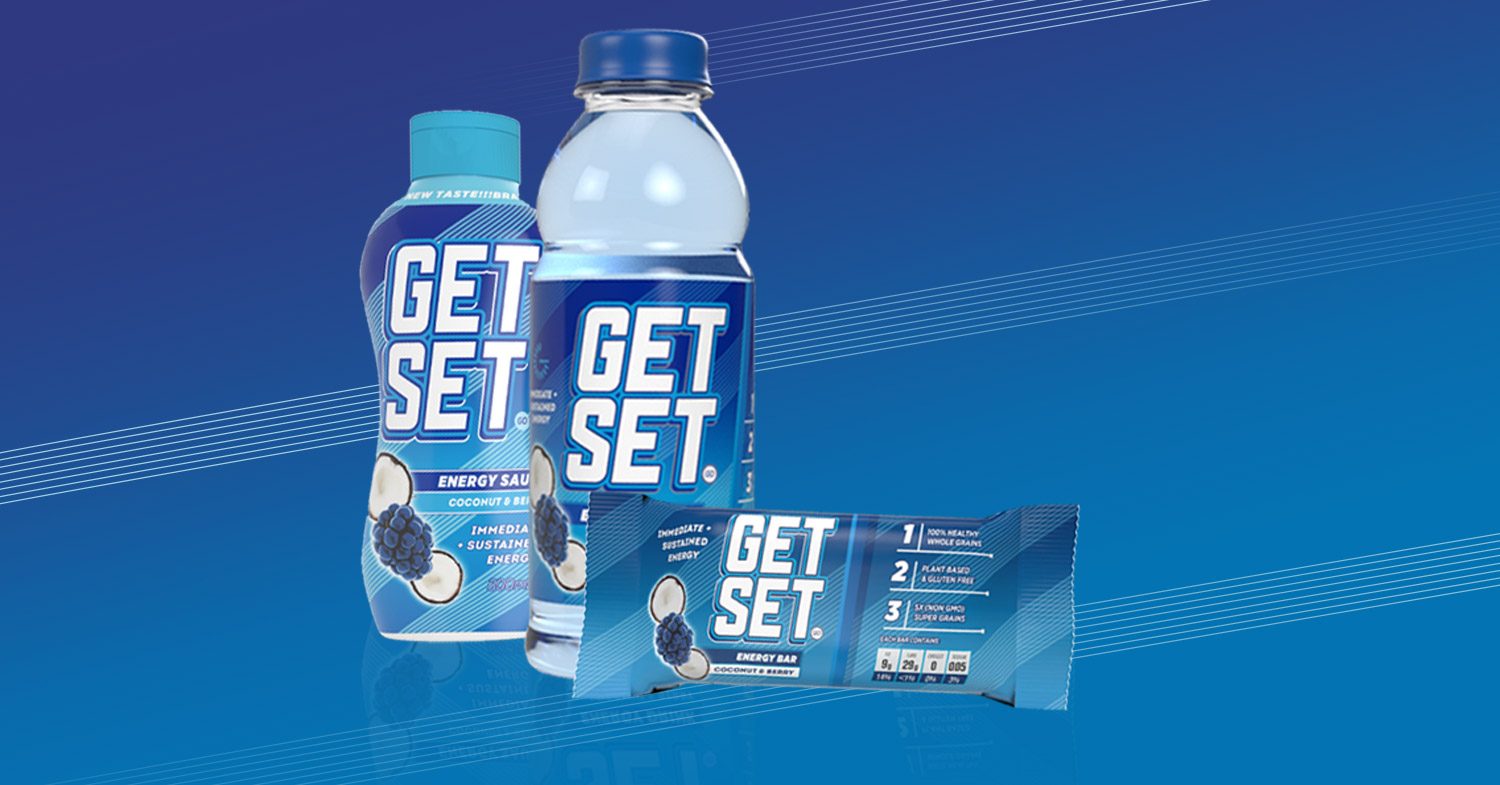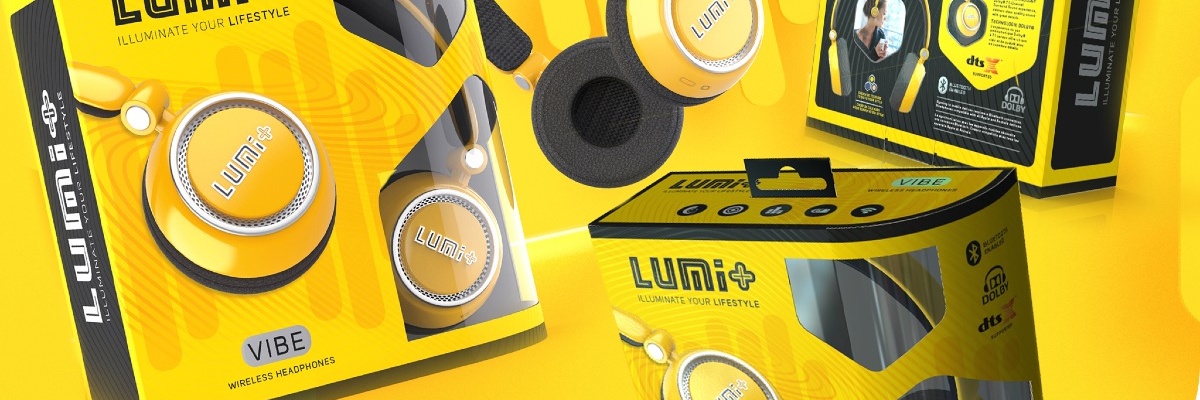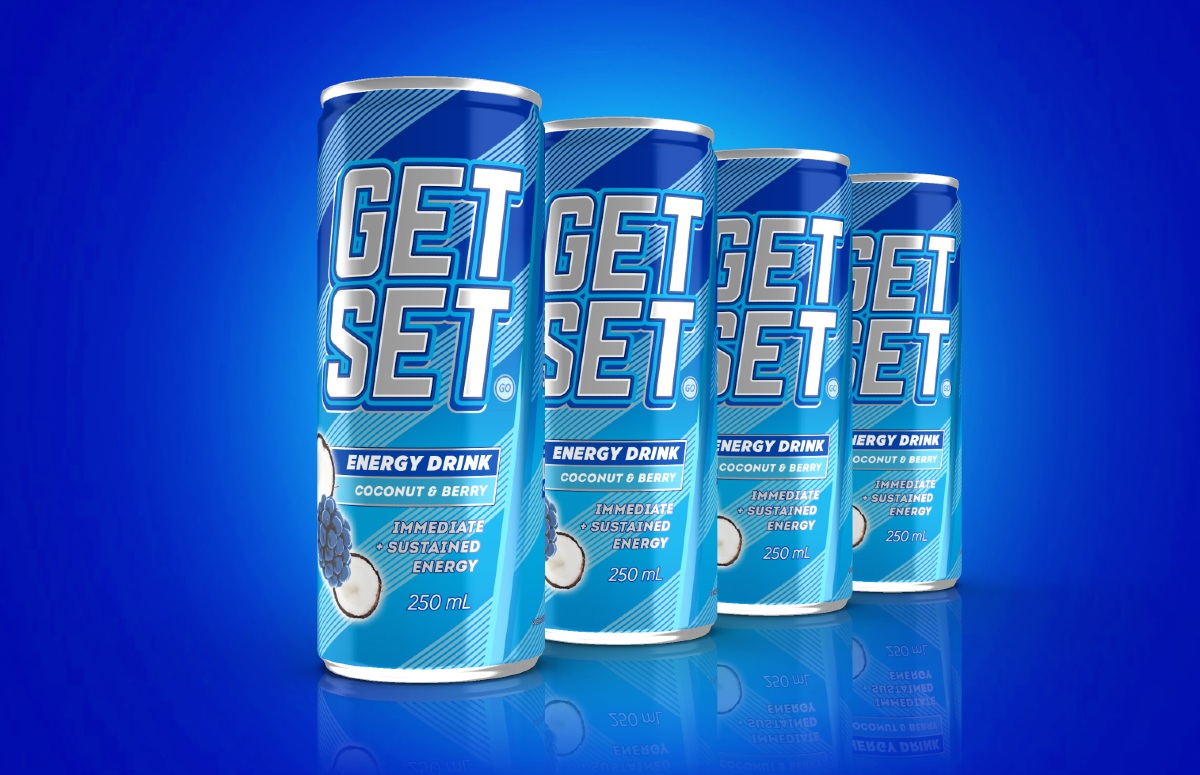Pharmaceutical and medical device companies operate in a highly regulated and dynamic environment. They face numerous challenges ranging from regulatory pressures to the demand for faster production and patient-centric solutions. The artwork process, which involves creating labels, inserts, and packaging, is a critical component of pharmaceutical and medical device operations. To address the complexities and risks associated with this process, many companies are turning to automated artwork solutions.
Business Challenges
Highly regulated companies face a multitude of challenges when it comes to managing their artwork processes. These obstacles include the constant need to adapt to evolving regulations, product variations, and market demands, which exert pressure throughout the entire value chain, from research and development to commercialization.
Additionally, in today’s fast-paced drug and device development landscape, companies must prioritize agility and speed. Patient expectations have evolved, with a growing demand for electronic outputs and real-time access to information, requiring a shift towards personalization and transparency. Even minor changes can trigger significant repercussions across various aspects of artwork, such as labels, packaging, and content, affecting multiple regions and markets.
Current State
The current state of artwork processes in highly regulated companies is characterized by manual and error-prone practices. These processes involve copying and pasting labeling content into various submission formats, including inserts and labels, resulting in time-consuming tasks that are susceptible to human error. Managing relationships among different artwork components is complex, compounded by the need for multiple language versions in each country. Content updates are predominantly executed manually, and the extensive reliance on copy-and-paste practices, coupled with mandatory version control and traceability, which is also often manually tracked, introduces significant risk of inconsistencies and errors throughout artwork production.

What is Automated Artwork?
Automated artwork is the process of automatically applying changes to labeling content within artwork. One of the primary benefits is ensuring consistency and maintaining high-quality artwork. Automation in the artwork process also significantly enhances efficiency, resulting in faster production. Automated artwork extends its capabilities to various types of artworks, including labeling and leaflet artwork, each with its unique complexities.
Furthermore, there are various types of automation companies can employ to create artwork. This includes semi-automated, lights out, and online editing, each tailored to specific requirements and preferences:
- Semi-Automation – An artwork operator opens the artwork in a graphical editor and “accepts” the content. All content is automatically placed in the artwork and the operator simply fine-tunes it (e.g., fix overflows, font sizes etc.).
- Full Automation – This is total automation. The user selects content and an artwork template, clicks “generate”, and automatically creates artwork with all content applied to it. This approach also provides the ability to perform mass updates, such as a manufacturing address change, across a product line.
Esko Solutions

Esko’s Artwork Automation solution is built on top of three key modules of WebCenter (our online collaboration platform):
- Artwork Management Module – This module introduces a standardized process to create and approve artworks in a managed way. A standardized process needs to be in place to decide which artwork changes can be automated and to run through them efficiently.
- Content Management Module – This module will introduce a process to efficiently create artwork content in a managed format. Having content in such a format is critical to allow its leverage in the automated artwork creation process.
- Automated Artwork Module – This module is added on top of the Artwork Management Module. It adds the ability to manage automated artwork templates and to automatically push managed content from the content management module to the templates.
Create Your Business Case
Creating a business case for automated artwork involves considering various key drivers. Quantitative factors such as cost reduction, efficiency improvements, and the right-first-time approach are essential. Cost reduction strategies revolve around the critical importance of time in capturing full revenue opportunities. Emphasizing right-first-time quantitatively highlights the financial benefits of preventing errors as opposed to fixing them. Content reuse drives efficiencies in the process and ensures consistency across the product portfolio.
Automation further enhances efficiency by reducing manual effort, allowing employees to focus on value-added tasks and eliminating duplicate work. Automation mitigates risks by eliminating errors and ensuring a seamless end-to-end digital content flow, thus enhancing overall quality. Moreover, it fosters traceability across the organization, promoting better planning and collaboration.
Finally, automated artwork solutions empower highly regulated companies to tackle complex industry challenges. By optimizing processes and enhancing compliance, these solutions provide a competitive market edge.










